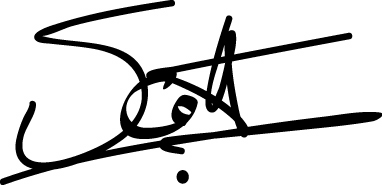The Product Life Cycle
Nothing lasts forever! Even though we can utilize SWOT analysis to develop and adjust the marketing mix to maximize a product’s longevity, we must realize that all products go through 4 stages.
Introductory
This stage marks the initial Product Launch. Since potential customers are not likely to be aware that the product exists, lots of time money and energy must be spent encouraging them to try it.
During this stage, profits will be very low to non-existent since all of the costs incurred brining the product to market must be recovered. Ad campaigns are designed to attract Distribution Partners as well as customers (End Users).
Growth
Sales for the product increase dramatically. There are more first time users, and (ideally) many first time users making repeat purchases. This is most often when companies see a Return On their Investment (ROI).
Very often it is during the growth stage that the threat of competition becomes a serious issue.
Maturity
This is about when sales peak and begin to fall off. Competition intensifies and the number of potential customers decreases as the market becomes saturated.
Many companies begin to decrease prices in order to overcome Market Saturation. As competition increases, prices decline further, and all competitors suffer decreased revenue, UNLESS the price drops encourage enough spending to compensate for the decreased revenue per unit.
Decline
This is the end of the line for the product/service in question. There is a steep drop off in sales, resulting in the inevitable decision to discontinue.
Often new technology or a social shift plays a major role in this stage.
Not every product will follow the cycle in exactly the same manner!
Sometimes a product is launched due to the popularity of a very similar already-existing product (bottled water explosion). In other cases, the market simply never accepts the new offering and it never gets out of the introductory stage (“New Coke”).
Sometimes it is possible to extend a product’s life cycle by implementing strategies that will encourage your customers to use that product more often. In other cases you may want to develop new uses for an existing product. For example, baking soda was once used primarily for… baking.
Now we are encouraged to place it in the refrigerator to prevent odor, the freezer to keep ice cubes from “tasting funny”, and as a laundry freshener.
Sometimes all that is required is a packaging change. When travelers complained that large toothpaste tubes and shampoo bottles were too big to pack, companies offered “travel sizes” at reduced per unit rates.
